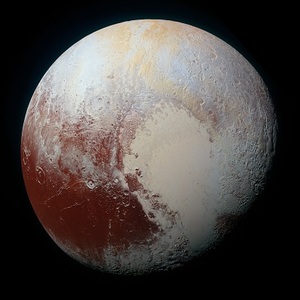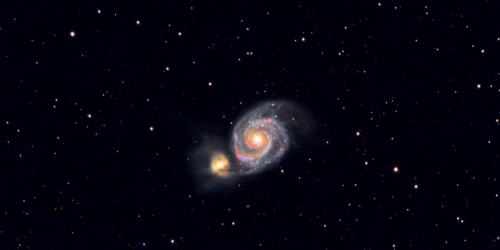

Being the farthest planet from Earth, Pluto was the least studied planet in the solar system for many decades. It was first discovered in 1930, but it took until 2006 for a mission to launch that would focus on learning more about this planet on the outer frontier of the solar system. On January 19th of 2006, the New Horizon’s spacecraft launched from Cape Canaveral Air Force Station in Florida. After traveling 2.96 billion miles, during a 9 year period, the spacecraft began to make its closest approach to the icy planet in 2015. On July 14th of that year, high resolution images were taken of Pluto for the first time, as the spacecraft reached within 7,800 miles of it.
These images unearthed a planet covered by massive glaciers, mountain ranges similar to the Rockies, along with a possible liquid ocean beneath its surface. Pluto was always known to be the coldest planet in our solar system. Temperatures on Pluto can average between -375 to -400 degrees Fahrenheit. At these extreme temperatures, gases, such as methane and nitrogen, will freeze into solid matter. It was found that there are actively flowing glaciers made up of water, methane, and nitrogen that blanket the landscape. One of the more impressive insights that was gained from the New Horizons mission was that there is a massive glacial plain composed of frozen nitrogen that extends over a million square miles. It is estimated that this feature is at least 2.5 miles thick. This basin of ice was given the name, Sputnik Planitia, and it has been called the beating heart of Pluto. This is because a portion of the nitrogen goes from a gas state back to a solid state each day. This state change is actually thought to result in an atmospheric wind that circulates around the planet. These winds are thought to accumulate dunes of sand-sized grains of methane ice! This mission was groundbreaking for many reasons and redefined our perceptions of Pluto.





